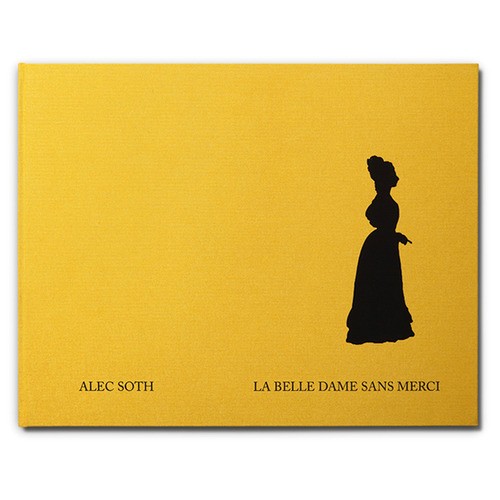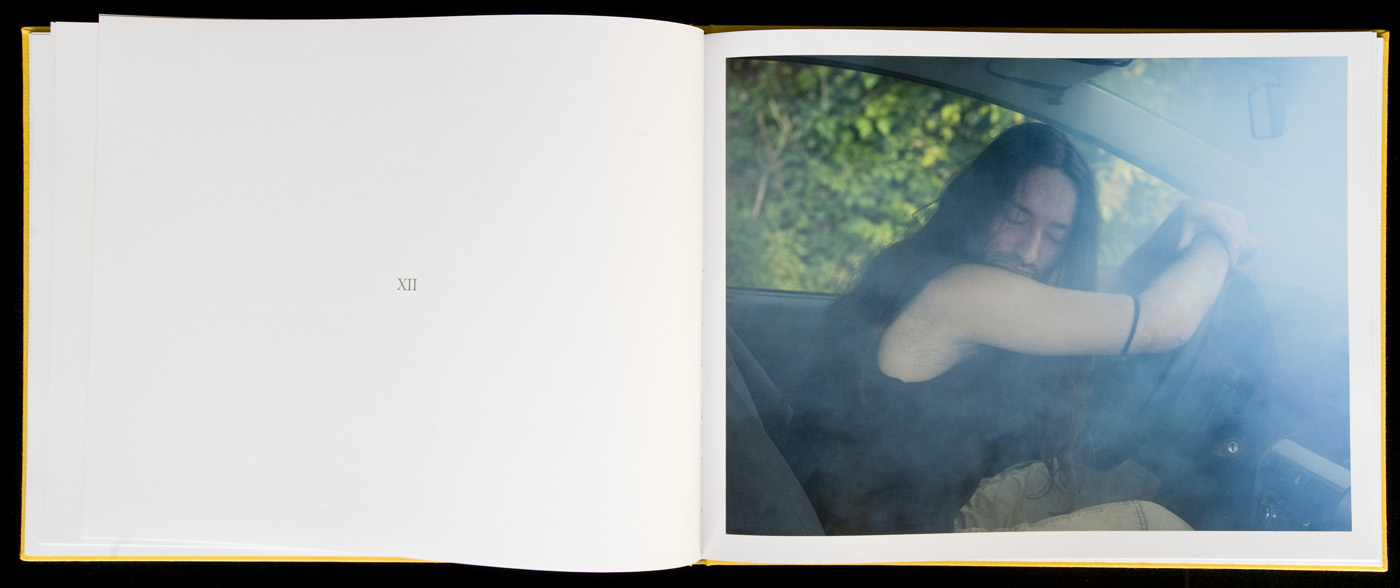Descrizione
[:it]Rome Commission 2011: ALEC SOTH from FOTOGRAFIA on Vimeo.
In occasione della commissione Roma 2011, nell’ambito del Festival FotoGrafia, Alec Soth si accosta alla città all’insegna di un itinerario visivo intrecciato nello spazio e nel tempo con la poesia di John Keats, lasciando che sia il proprio il poeta inglese a guidare l’occhio del fotografo. Così, la città viene letta secondo un approccio sensuale, mitologico e simbolico, in un itinerario emozionale che incrocia erotismo e mito, sensualità e poesia, simbologia e classicismo, seguendo le tracce di una “dame sans merci” attraverso accenni, dettagli, particolari che riprendono vita e significato nel contesto urbano quotidiano.
[:en]Rome Commission 2011: ALEC SOTH from FOTOGRAFIA on Vimeo.
[…]If John Keats often wrote poems in tribute to specific works and figures in more or less recent history…Alec Soth follows a similar principle, setting the foundations of his own series on bases supplied by Keats. The rooting of Soth’s LBDSM does not stop here, though, because he raises on the solid Keatsian platform a further level of quotations and many other references. Thus…his still-life with a bowl and three pieces of fruit in the center harks back to Tony Harrison’s verses in A Kumquat for John Keats, and an apparently ordinary city scene is actually a partial reconstruction of a photo by Ruth Orkin, shot in Florence in 1951 and known by the title An American Girl in Italy; it shows a young woman besieged by leering men. This is a veiled statement of the process that Soth uses to create his images, exploiting the possibilities of control and staging offered by what is known as “staged photog- raphy” rather than (as he has done more often) merely recording the reality in front of his eyes, without altering it in any way. This excessive adherence to the model leads to the suspension of images deprived of the quality that’s usually (and naively) attrib- uted to any photo: truthfulness. The result resembles awakening from a dream, ex- actly what happens in Keats’s La Belle Dame Sans Merci toward the end of the poem. What indubitably corresponded to reality until just a moment before turns out to be an imitation[….]
Francesco Zanot
[:]











